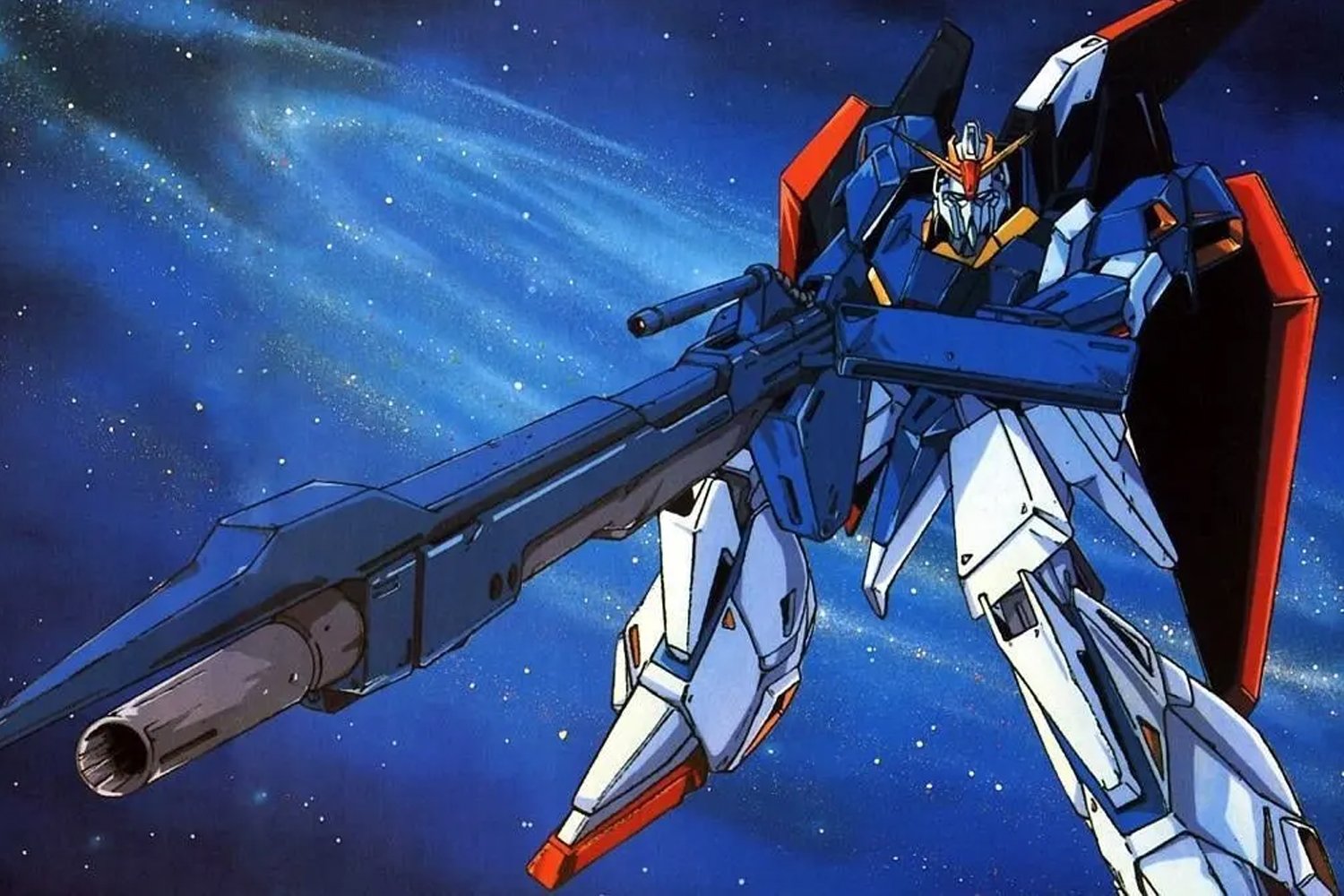
The Bold Legacy of Zeta Gundam: A Masterclass in Sequelization
We are currently saturated with legacy sequels, a trend that merges new characters with established icons. Franchises like Star Wars, Marvel, Jurassic Park, Ghostbusters, and Cobra Kai have embraced this formula, attempting to recapture past glory while appealing to contemporary audiences. However, few have achieved the profound depth and complexity of Zeta Gundam, which debuted four decades ago.
Zeta Gundam emerged in a vastly different environment than its predecessor, Mobile Suit Gundam. The original Gundam series faced cancellation due to low ratings, only to be resurrected by a dedicated fanbase, strong model kit sales, and successful theatrical releases. This transformation turned a failing experiment into a foundational anime series and a lucrative franchise.
With the creation of a second series, Sunrise and Gundam creator Yoshiyuki Tomino had the option to play it safe. They could have replicated the elements that made the original Gundam successful, focusing on familiar characters and a similar wartime conflict. But Zeta Gundam, from its very first episode in 1985, made it clear that it was not going to be a retread.
Set eight years after the events of the original series, Zeta Gundam shifts its focus from Amuro Ray to Kamille Bidan, a rebellious young colonist. Kamille quickly finds himself confronting the authoritarian forces attempting to control the space colonies. However, the antagonists are not the remnants of Zeon, but the Earth Federation itself, the supposed heroes of the original Gundam, led by an elite faction within the military known as the Titans.
Zeta Gundam subverts expectations in numerous ways. Quattro Bajeena, a lieutenant in the resistance group AEUG, mirrors the introduction of characters in the original Gundam. But Quattro is revealed to be Char Aznable, now aligned with forces he once opposed during the One Year War. Kamille, unlike Amuro, is not a reluctant soldier thrust into war. He actively seeks to challenge the Earth Federation’s oppressive control over the colonies. Both young men steal a Gundam, but their motivations differ significantly. Amuro is forced to pilot the original Gundam to survive a Zeon attack, while Kamille steals his to retaliate against a Titans officer who mocked his name, highlighting their casual disregard for the colonies they once claimed to protect.
Zeta Gundam constantly complicates the established narrative of the "Universal Century" timeline. The large-scale war of the original series, which decimated half of humanity, is replaced by a cold war between the Titans and the AEUG. However, the clear-cut divisions of the first show become increasingly blurred. Characters defect, alliances shift, and old figures are forced to re-evaluate their motivations from the One Year War. While the original Gundam explored the traumatic effects of war, Zeta Gundam examines the corrupting influence of power and the ways in which systems of rule can perpetuate trauma.
This theme is powerfully conveyed through the portrayal of Amuro Ray. Although not a central character, Amuro’s legacy looms large. He has been under house arrest by the Federation since the end of the original series. His confinement is due to his abilities as a "Newtype," humanity’s next evolutionary step, and to prevent him from speaking out against the Federation. Amuro is no longer the celebrated hero; he is emotionally scarred by his experiences and disillusioned by the Federation’s actions. It is only through Char’s transformation into Quattro and the emergence of a new generation of soldiers like Kamille that Amuro is inspired to overcome his cynicism.
Perhaps Zeta Gundam’s most daring decision is its bleak conclusion. By the end of the series, many main characters have died, and Kamille is left comatose, his Newtype powers overwhelming him in a final battle. The solar system is arguably in a worse state than when the series began. The Titans have been defeated, but their actions have paved the way for a Zeon resurgence, setting the stage for ZZ Gundam. Zeta Gundam initiates a cycle of conflict that continues throughout the Universal Century timeline. Yet, the series’ exploration of power and the convictions of its characters remain meaningful. Their pyrrhic victory and their unwavering belief in their ideals provide a glimmer of hope in a dark world.
This boldness is often missing in contemporary legacy sequels. While there are exceptions, such as The Last Jedi’s portrayal of Luke Skywalker mirroring Zeta Gundam’s treatment of Amuro Ray, many modern sequels prioritize nostalgia over innovation. They retell familiar stories with familiar faces, lacking the introspective depth and evolutionary spirit of Zeta Gundam.
As the Gundam franchise embarks on its own nostalgic endeavor with Gundam GQuuuuuuX, a new entry that reimagines the original 1979 anime, it is evident that the spirit of Zeta Gundam lives on. This series serves as a powerful example of how to create a sequel that not only honors its predecessor but also expands upon its themes, challenges its assumptions, and leaves a lasting impact on the franchise as a whole. Zeta Gundam’s legacy lies in its willingness to take risks, explore complex moral dilemmas, and create a truly unforgettable story that resonates with audiences even decades later.
